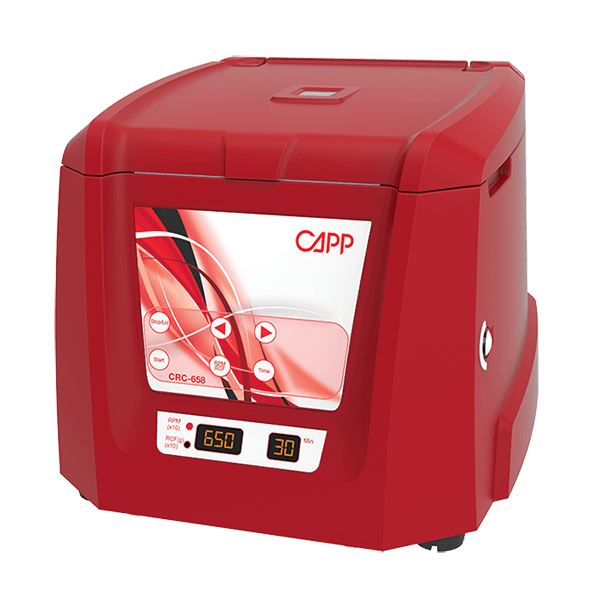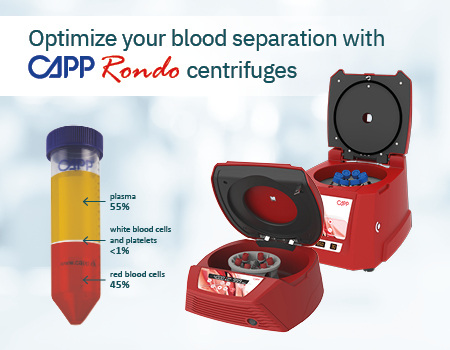Product gallery

1
2
1
Precise RPM setting with increments from 100 RPM and setting from 500-6500 RPM.
2


